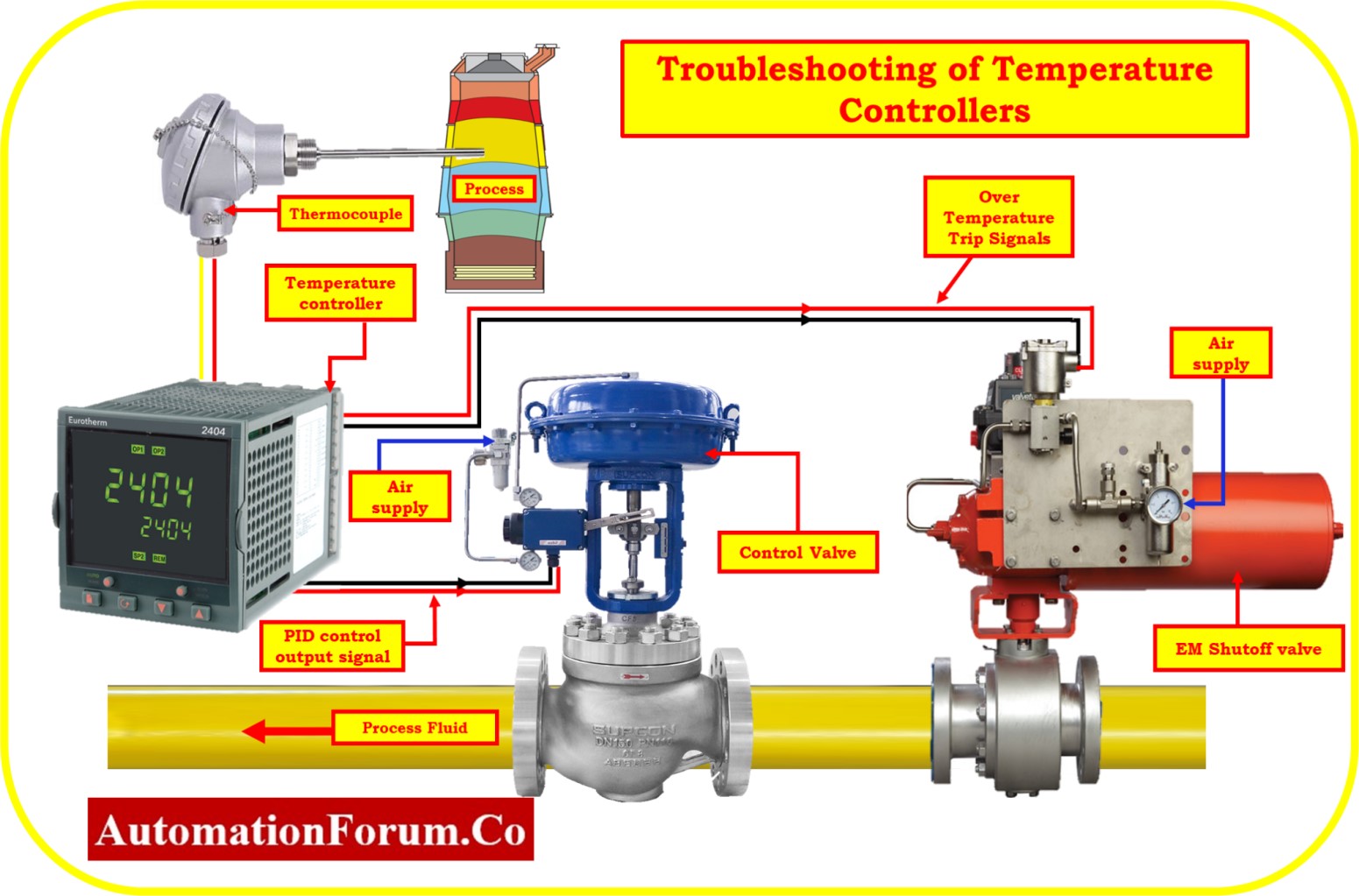Non-contact temperature measurement | Pyrometers

Why to use Pyrometers or non-contacting type?
Non-contacting temperature meter or Pyrometers are used to measure temperature without any physical contact with temperature body. In many industrial application with a higher temperature range, where many other temperature meters and human can’t reach non-contacting type pyrometers are employed. They are especially suitable for measuring high temperatures that are beyond the capabilities of contact instruments such as thermocouples, resistance thermometers (RTD) and thermistors.
Principle of Pyrometer:
All objects emit electromagnetic radiation as a function of their temperature above absolute zero, and radiation thermometers (also known as radiation pyrometers) measure this radiation in order to calculate the temperature of the object. The total rate of radiation emission per second is given by

Types of Pyrometer:
There are mainly two types of pyrometers:
- Optical pyrometer
- Radiation pyrometer
Optical pyrometer:
The optical pyrometer is designed to measure temperatures, where the peak radiation emission is in the red part of the visible spectrum, i.e. where the measured body glows a certain shade of red according to the temperature. This limits the instrument to measuring temperatures above 600°C.

The instrument contains a heated tungsten filament within its optical system. The current in the filament is
increased until its colour is the same as the hot body: under these conditions the filament apparently disappears when viewed against the background of the hot body. Temperature measurement is therefore obtained in terms of the current flowing in the filament.
As the brightness of different materials at any particular temperature varies according to the emissivity of the material, the calibration of the optical pyrometer must be adjusted according to the emissivity of the target. Range of optical pyrometer is from 1000°C to 5000°C
Anatomy of Radiation thermometer:

Advantages of optical pyrometer:
- Ability measure high temperature
- Portable
- Can be used to measure temperature of moving object
- Fast response
- Flexible
Disadvantages of Optical pyrometer:
- Expensive
- Emissivity error are introduced
- Not useful measure continuous measurement
Radiation Pyrometer:
Radiation pyrometer described below have an optical system that is similar to that in the optical pyrometer and focuses the energy emitted from the measured body. However, they differ by omitting the filament and eyepiece and having instead an energy detector in the same focal plane as the eyepiece:

The size of objects measured by a radiation pyrometer is limited by the optical resolution, which is defined as the ratio of target size to distance. A good ratio is 1:300, and this would allow temperature measurement of a 1mm sized object at a range of 300 mm. With large distance/target size ratios, accurate aiming and focusing of the pyrometer at the target are essential.
It is now common to find ‘through the lens’ viewing provided in pyrometers, using a principle similar to SLR camera technology as focusing and orientating the instrument for visible light automatically focuses it for infrared light.
Advantages of radiation pyrometer:
- Ability to measure high temperature
- No need for contact
- Moderate cost
Disadvantages of radiation pyrometer:
- Non-linear scale
- Emissivity of target affect measurement
- Error due to interleaving media





